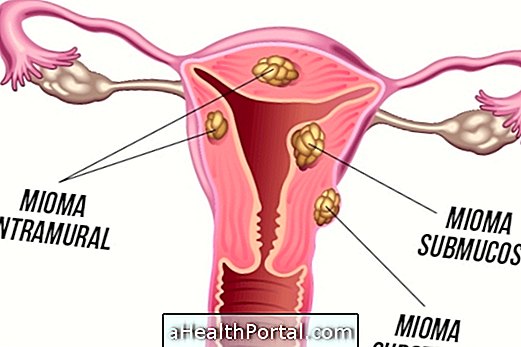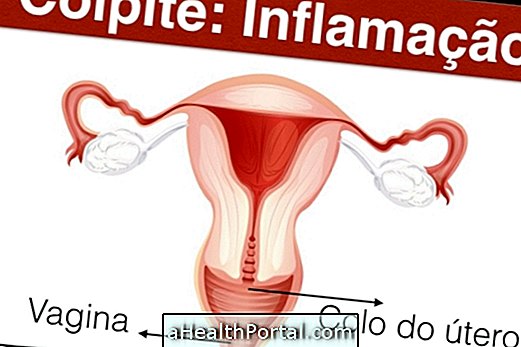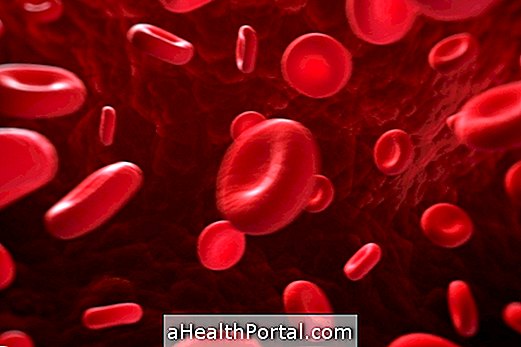Intramural myoma is a type of benign tumor very common in women, which develops on the inner wall of the uterus and, although not always causing symptoms, can cause abdominal pain, increased menstrual flow or changes in fertility.
Although intramural is the most common type of myoma, other sites that tumors may develop include the lining of the uterus, called the submucous myoma, or the outermost part called the subserous fibroid. To better understand the differences between myoma types, check out what myoma is and what causes it.
The treatment of myoma is done by the gynecologist, who will indicate the follow-up or forms of treatment as surgery for removal or use of medicines, such as hormone replacement, to control their growth and symptoms.

Main symptoms
Usually, intramural fibroids are asymptomatic and are not usually dangerous, however, they can cause uncomfortable symptoms when they increase in size or quantity, such as pain in the lower abdomen, increased abdominal volume and, even, the compression of nearby organs, causing urinary difficulties or constipation.
Although the bleeding is not a common symptom in this type of myoma, which is more caused by the submucous myoma, it is possible that there is an increase in the menstrual flow. Check out more about the symptoms that indicate myoma.
Does intramural myoma make pregnancy difficult?
Impaired fertility by fibroid is a controversial situation, as some scholars believe that this benign tumor does not interfere with a woman's ability to bear children. Others argue that, depending on their location, the fallopian tubes may be affected, which makes it difficult for the sperm to meet with the egg, but this would be a very specific case.
The woman who has fibroid and gets pregnant may have a normal pregnancy, however, in cases of very large tumors or that cause many symptoms, there may be a greater difficulty for the development of the fetus. It is therefore important that the woman who has fibroids and plans to become pregnant should follow up with her gynecologist so that treatment can be started if necessary.

How to treat
Drug therapy can be used, and some of the most commonly used are anti-inflammatory or hormonal therapies, but in general, fibroids tend to grow again when they stop taking the medicines.
Another possibility is to perform surgical procedures, which include embolization or occlusion of the uterine artery because they are irrigated by blood vessels, which consequently lead to the death of the tumor. Tumor removal surgery, such as myomectomy or, in some cases, removal of the uterus, especially in women who no longer wish to become pregnant, may also be good options.
Causes of myoma
The exact cause of the fibroids is not known, however it is known that it is nourished by the female hormones, since they tend to decrease in menopause. In addition, some risk factors are:
- Menarca precoce;
- Do not have children;
- Excessive consumption of alcohol;
- Family history;
- Diet rich in red meats and low in vegetables.
It is also not possible to determine where myoma will develop, and intramural myoma is the most common type.























